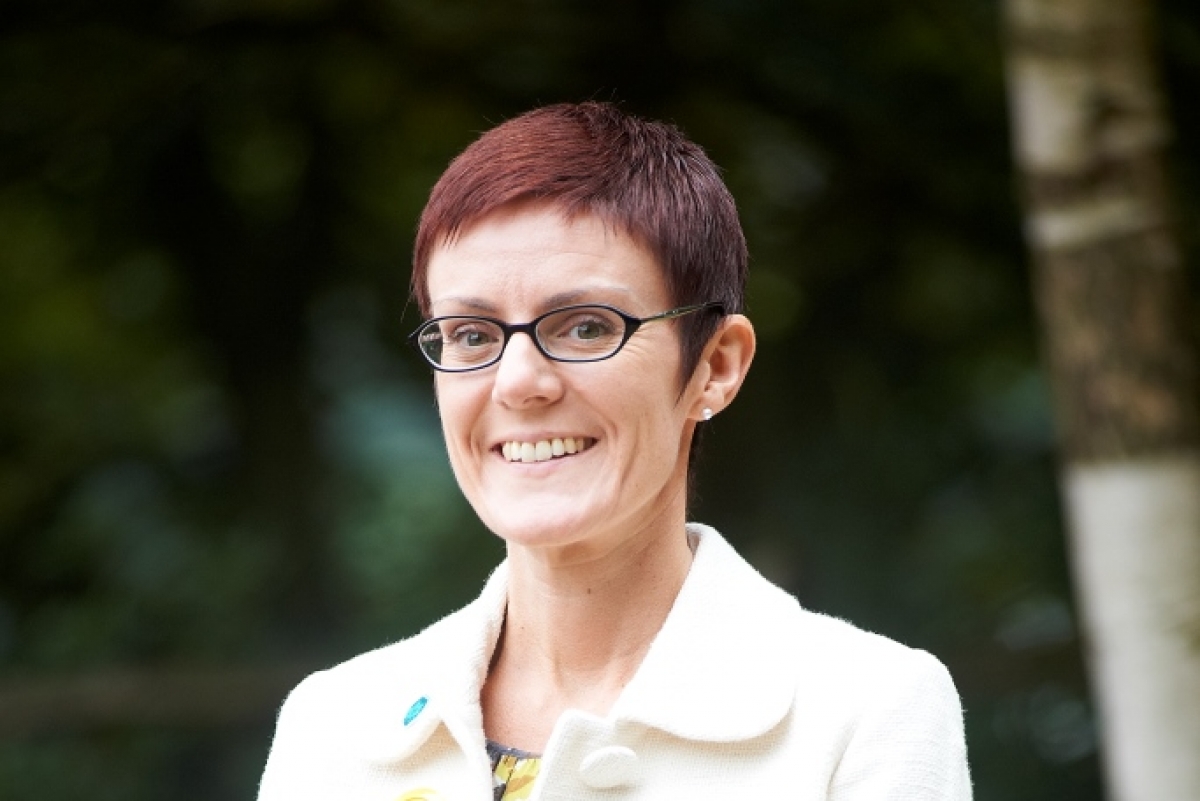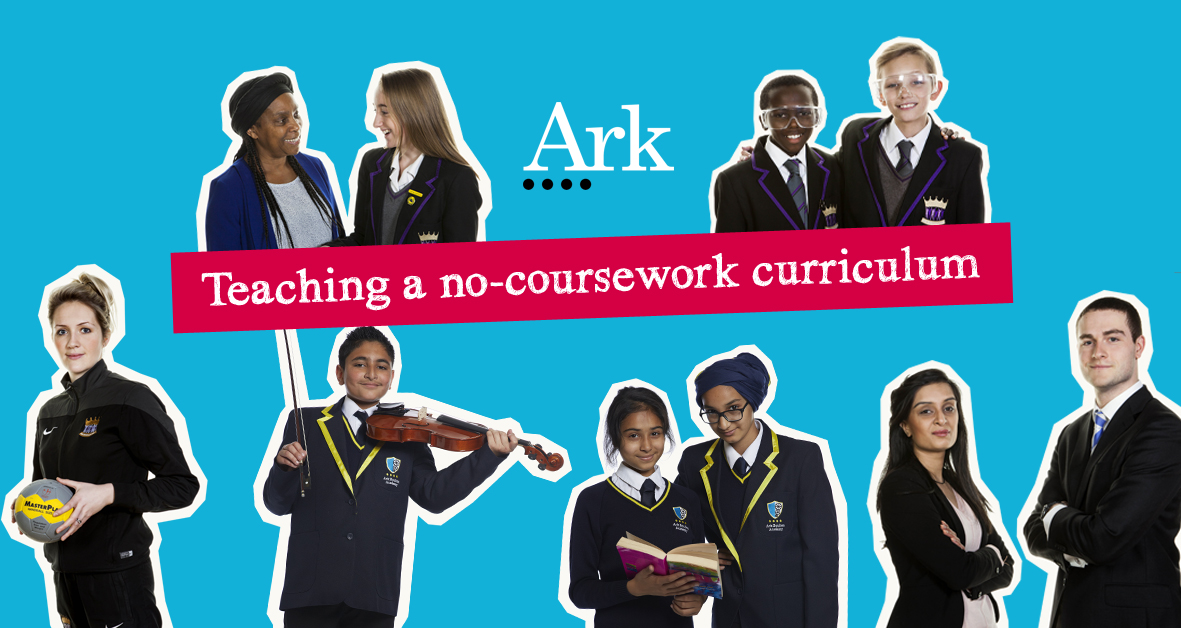Recently, teachers from across the country attended the latest in Ark's series of free CPD sessions, which are open to all teachers, on Life Beyond Levels and the link between elite sports and the classroom. In this blog, Ark Helenswood Academy Principal Lucy Monk reflects on the session - and what teachers can take from sports-style coaching. Tickets for Ark's next free CPD session - on Teaching a No-Coursework Curriculum - are currently available from the Ark website.
Picture the scene. It’s a sunny Saturday in Hastings and there are about 40 teachers who have come together to share a professional dialogue on life beyond levels and curriculum changes. We’ve had a lovely lunch and we’re excited about the workshops we’ve experienced so far and we settle back to listen to Michael Slavinsky of The Brilliant Club and Olympic Strength and Conditioning Coach Daniel Lavipour talk to us about the parallels between teaching and high performance sport.
Yes – high performance sport. If you are an armchair athlete such as myself, then perhaps the very thought of high performance sport where the facilitators might just ask for a volunteer, fills you with a small sense of dread. But of course there are many parallels – and so we start at the beginning with the principles of training. Training for your students; the art of training. And so we are told: your training must be specific – you need to know what you want to achieve.
- It needs to be progressive – build incrementally on itself.
- You must avoid overload – know what can be achieved and the rate at which you can achieve it.
- Training can be reversible – if you don’t practice your training, your skill, then when you return to it in 6 weeks’ time you won’t be as it
- The practice happens over time – you will build your skills, you will practice and refine your proficiency – whether that is you as a teacher in your classroom, or as a student in gaining proficiency as you work towards your end goal, whether that end goal is your end of term assessment, the piece of work in a lesson, your GCSE grade, your A level grade.
And the parallels continue. We all baseline – we need to know the starting point for our individual teachers, our students. We need to know not just how proficient they are at completing something, but we want to know how profile our students – how to ensure that we know best to plan for how they will learn how to do something as well as the what. And elite athlete coach or teacher we want to map our students’ progress against the same starting point over time.

We want to see how worthwhile the change has been over time. Yup. We recognise that. In fact – that’s been the premise of our sessions today. Making sure that we are all clear that we are mapping the progress of our students in their core competency, and that we plan really exciting and compelling lessons to make that happen. And of course that’s not the only dilemma for us. How we do ensure that our athletes (or, in this case, students) don’t get stressed out by this? And so the parallel which is suggested by Michael and Daniel is that this is done by creating the same routine as an elite athletics coach would use – that we test the small metrics in order that we can tweak and adjust our planning in order to get the very best out of ‘athletes’.
Our students are our athletes. We want the best performance for them. And the fundamental starting point for so much of the work which Michael and Daniel described was about knowing our athletes as well as we can, as individuals. And of course that’s the challenge for us as secondary practitioners. We have to assess our athletes as they walk through the door each lesson. 30 of them; at the same time. No easy assessment. How are they feeling? How much sleep have they had? What has happened in the last lesson? At home last night? On line in their virtual lives (an important aspect of a teenage athlete’s life today)?
They might tell us that they’re fine. But when we know our athletes well we can read between the lines, behind their eyes, if we know them well enough to look beyond their answer, and read the nuances of their behaviours, and we can adapt accordingly. We can change and adapt the tempo of a lesson, the energy that we as the coach need to input into the lesson; the pace of the activities – perhaps they need a settling activity because they’ve come into the room full of energy and just need a time to focus and calm. And of course by mapping this in our planning and reflections on our lessons maybe we will be able to see patterns emerging over time – that we know that period 4 on a Thursday afternoon is not going to be the best time for a particular type of activity.
So coaching our elite athletes (otherwise known as Helenswood girls) is about knowing our students and planning for their progress through high quality planning activities. Working collaboratively as a group of coaches to get the best out of our athletes. I’m feeling that today has been a useful pause in the maelstrom of teaching for us to capture that moment once again. In the stress of a daily life of teaching, a sunny Saturday spent with new colleagues allows us to refocus our energies on the most important aspects of teaching: our planning of excellence for our own elite athletes. Our colleagues will return to their classrooms on Monday morning, refreshed and renewed with a golden nugget gleaned from this weekend I’m sure, but without a doubt we will all remember that knowing our athletes means that we will get the very best from them.
Tickets for Ark's next free CPD session - on Teaching a No-Coursework Curriculum - are currently available from the Ark website.


